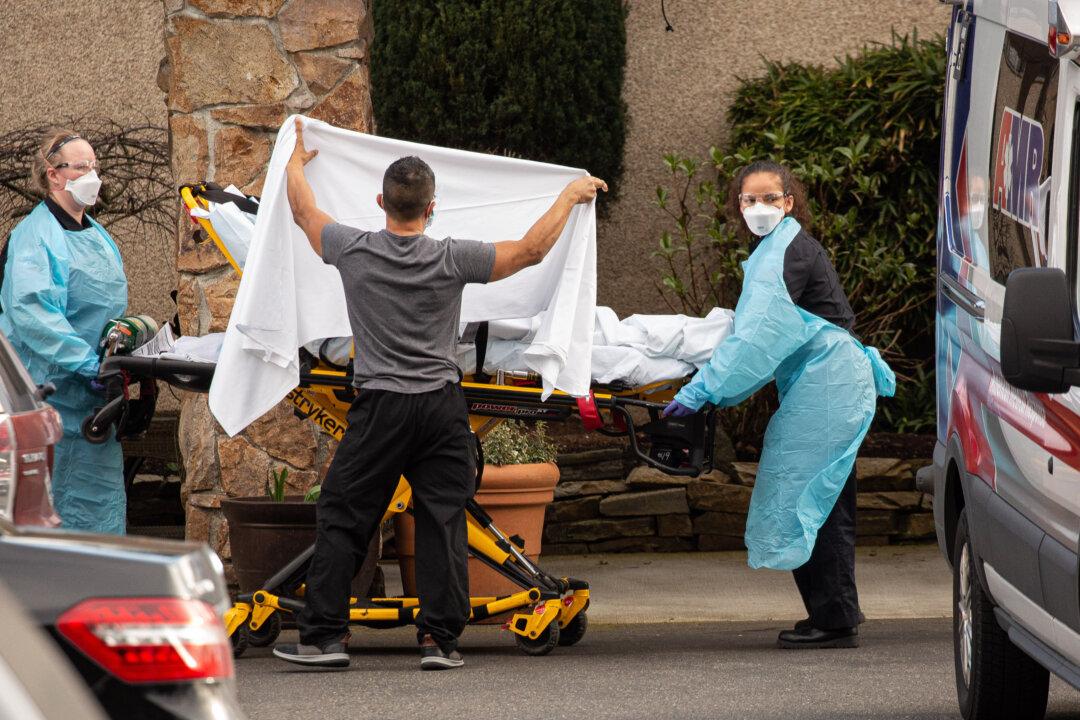As coronavirus deaths in the United States rose to 12 on March 5, the majority of which were in Washington state, that state’s health department said its hospitals have the capacity to deal with the crisis.
“Hospitals all have differing capacities for accepting patients. There are many hospitals in Washington equipped to accept patients with infectious diseases,” Danielle Koenig from the Washington State Department of Health told The Epoch Times in an email.





